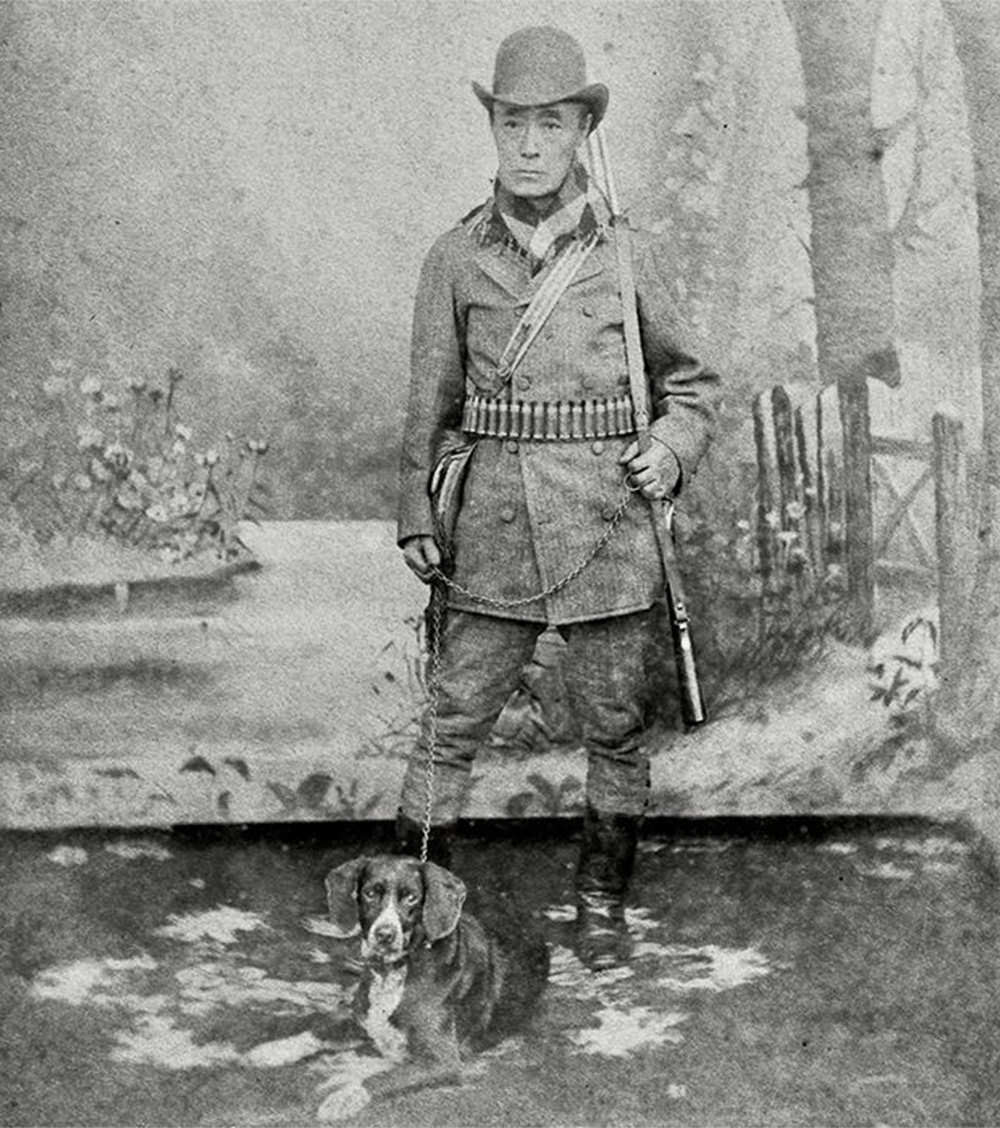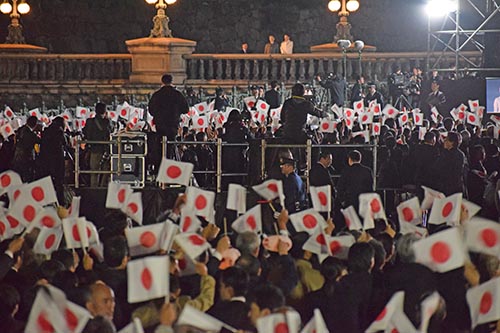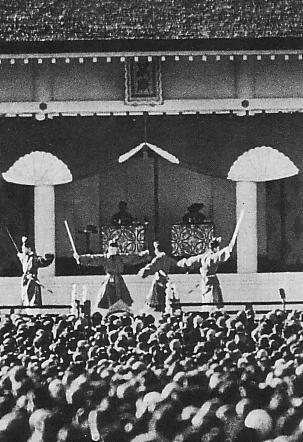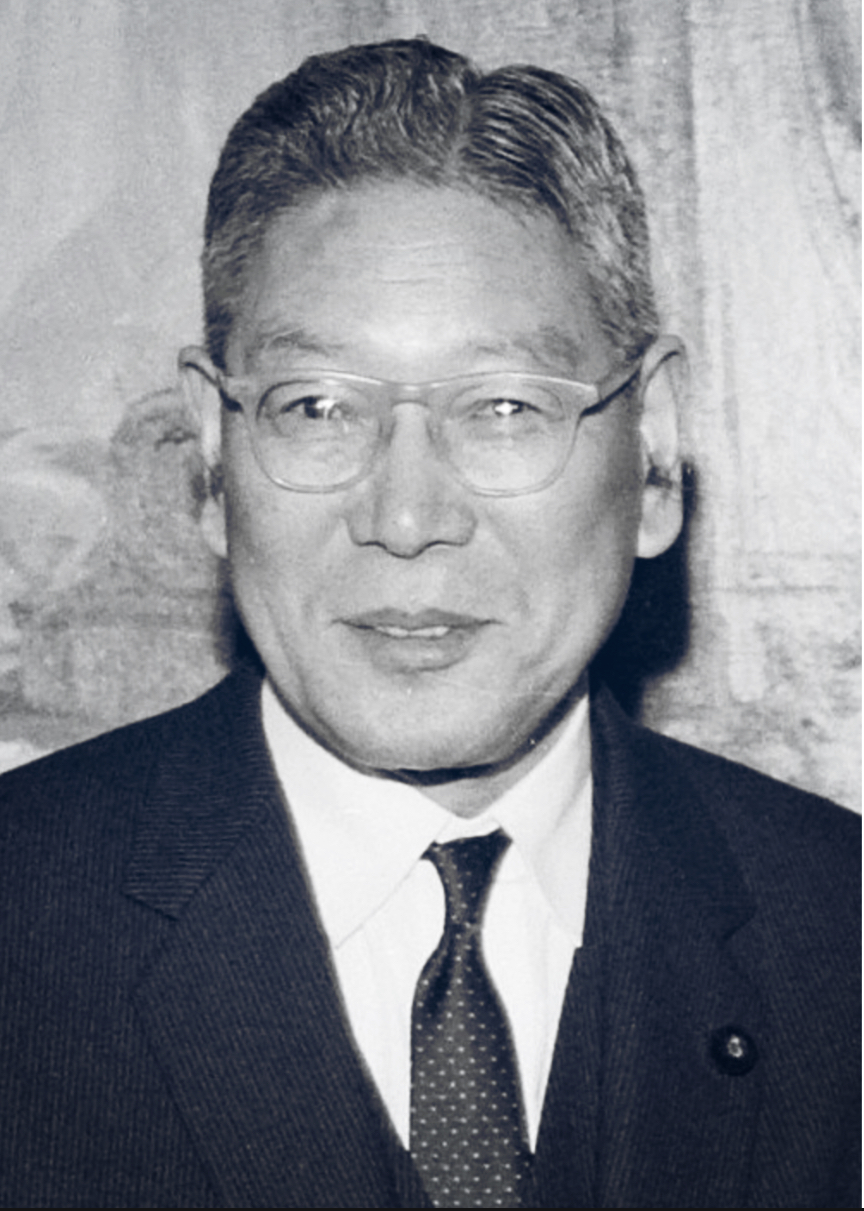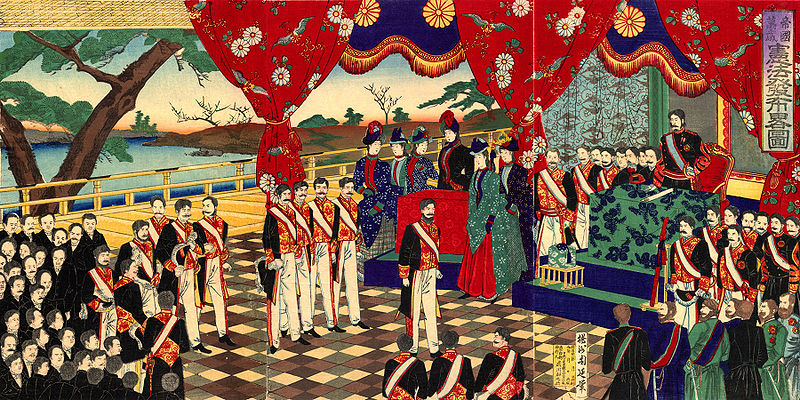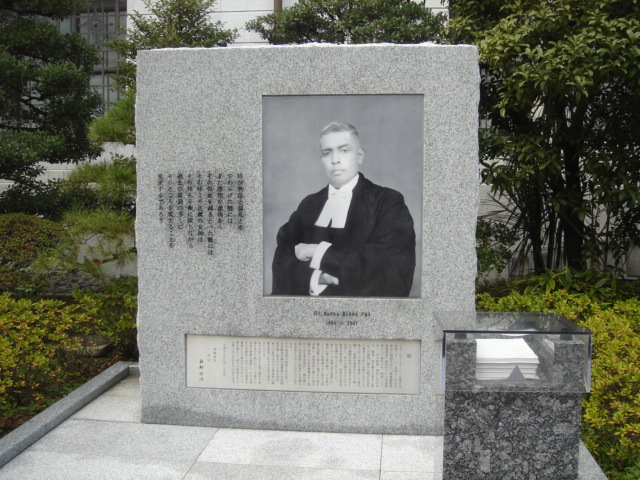For our final episode of this miniseries: Miyazaki Manabu faces down with the National Police Agency as he finds himself…
This week we continue our footnote on the history of dogs in Japan. How did public perceptions of dogs change…
This week, we’re continuing last week’s footnote on the postwar ultraright. How did the fall of the Soviet Union affect…
For our second footnote to the Revised Introduction to Japanese History: a simple question that definitely won’t result in an…
On the final episode of the Revised Introduction to Japanese History: the LDP completely fails to meet the challenge of…
This week on the Revised Introduction to Japanese History: how did Ikeda Hayato and the LDP build a system that…
This week on the Revised Introduction to Japanese History: the descent towards the Second World War. Why did the leadership…
This week on the Revised Introduction to Japanese History: during the 1920s, Japan’s political system became more democratic and representative–an…
This week on the Revised Introduction to Japanese History: the politics of the Meiji Period! After a coalition of samurai,…
The Pal dissent becomes the Pal myth. How did an obscure document from the Tokyo Trials end up front and center in nationalist discourse in Japan today?

